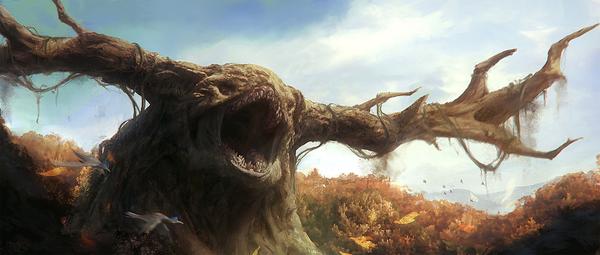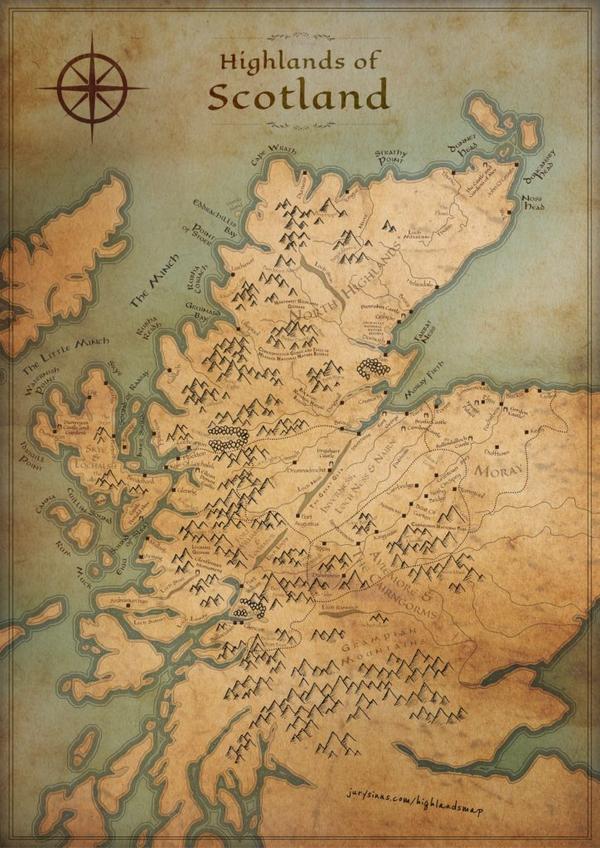Based on some tests, rereading and analyses, here are some thoughts that are currently part of my work on Facing the Titan. What kind of shape do I want to give to the game? What do players have to bring to the table, and what does the game have to provide? This short post is intended to present these current considerations. Feel free to react to it!

The Multiplication of Tones
Let's start with a comment that came up quite frequently: the multiplication of Tones among the Phases. This Tones mechanism is already kind of special. But the fact of multiplying the Tones (not to mention the Titan Tones) seems to bother people. I didn't really feel this problem during the tests, even though the "Mystical / Rational" duo didn't work as well as expected.
The objective behind this multiplication is to propose different challenges and visions for each of the Game Phases. I don't see any Cross Tones that could allow me to do that. This idea came to me from With Great Power, Michael Miller's game using the Swords Without Master engine. The game tones are Blue / Red, but each Phase has a different interpretation. For the time being, it's a mechanism that will remain.
The multiplication of Tones is also present in the Titans. Isn't five tones for a Titan too many? Five Tones makes it possible to play with the result of the die, which is associated with a Tone. But maybe this dilutes the "Primary" Tones of the Titan with other more accessory ones? I plan to reduce these tones to three, for each Titan. In order to accelerate the players' choice of Tone, and to strengthen certain aspects of the Titans.

Too diverse procedures
I've played the game with people who haven't read the game. And each Phase of the game required a time of explanation and follow-up. Despite some game aids. Failed game aids, too verbose. I have to work on this to better transmit the flow of speech and dice from each Phase.
The Phases are all a little similar in the end ( except for the confrontation one), but the devil is in the details. One time I give the dice and I ask a question, the other time I give the dice and I get asked a question. This causes some confusion for the players, and these changes are not really of any play value. Although I myself am a fervent critic of the subsystems that are sometimes found in some games and that deviate from the basic principles of the game.
It will therefore be necessary to start revising the Titan and World Phases, which will be unified in their mechanics, as can already be the Companions and Preparatory Phases. The links will also be highlighted, perhaps by giving a "type" to these two types of Phases.
Objective: less explanations of rules, more play.
 ::The Autumn Bringer by João Fiuza
::The Autumn Bringer by João Fiuza
The Titan, this stranger
Let's get to the big part of the game: the Titan. This being whose presence shapes the world and its inhabitants… is unknown at the beginning of the game. And players cannot refer to it during the Companions Phase, which aims to present their characters, their motivations, their experiences. The Titan will only appear at the first Double, or at the beginning of the Phase dedicated to it.
This rule came from a similar mechanism in Sorceress Bloody Sorceress, which offers to reveal the Witch (among a selection of 6) only at the first double. But after these tests, and upon reflection, the Witch does not shape the world or history as much as the Titan. The Titan is at the centre of the game. It is the backbone of the game.
So I'm going to review my work on that. The Titan will be selected at the beginning of the game, and will impose its presence from the beginning of the game, allowing players to shape characters adapted to the Titan. As in Fiasco, for example (or Protocol, or Follow), players will orient their game by choosing a Titan to face.

Starting from scratch
The following results from discussions I had around this project, but also around other GM-Less games. And it goes hand in hand with the previous section on the Titan.
In the current version of Facing the Titan, the game starts on a blank sheet. We create a place from nothing, we create characters from nothing. There is indeed the Introduction, where we sketch the universe from a few questions, but here again, we start from nothing. And it's intimidating and blocking for some people. During the tests, the introduction and its questions proved tedious, not very fluid. And therefore unconvincing and in need of change.
The first solution I am considering is to provide " ready-to-use " settings. The idea is to have one per Titan. A quickly sketched universe, places, informations about the world, about the Company. Basically, providing answers to the questions that will help you to sketch out the game setting. It will require work to provide diverse and interesting settings, but it is a pleasant creative work. Now is that a good idea? Won't this restrict the players too much, locking each Titan in its own setting? The right balance between proposals and openness needs to be found.
The other solution is to rework this series of questions. No longer leave the work to a single player, but play a kind of exquisite corpse together. All this after choosing the Titan, so that you can rely on it. Short rather than detailed answers. Simple choices to make. A map drawn at the beginning of the game to serve as a support. Some ideas came to me while reading Inoubliable recently, and rereading On Mighty Thews.

Both solutions are interesting to explore, and could coexist. But it is necessary to estimate the amount of work and tests. A "quick start" version, and a "frame creation" version. It is also important to ensure that the creation of the framework does not become a separate game that overshadows the rest. Do not let it become a drag.
If you have any ideas, opinions on the issues discussed here, feel free to do so! They are welcome!